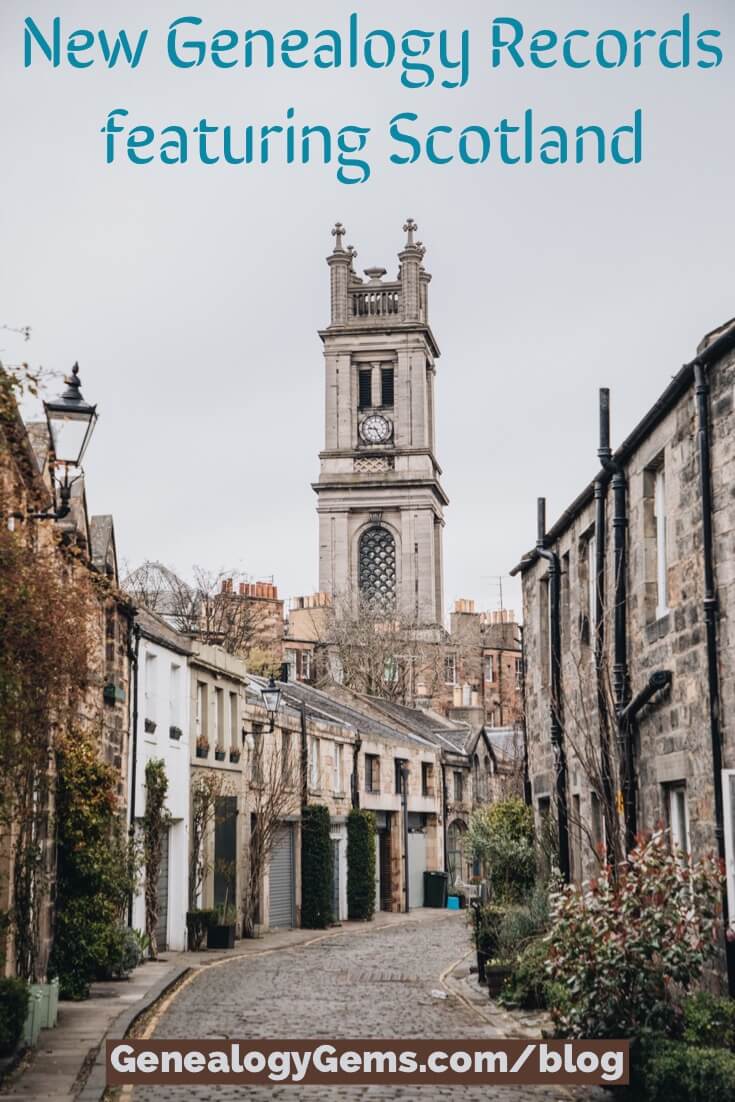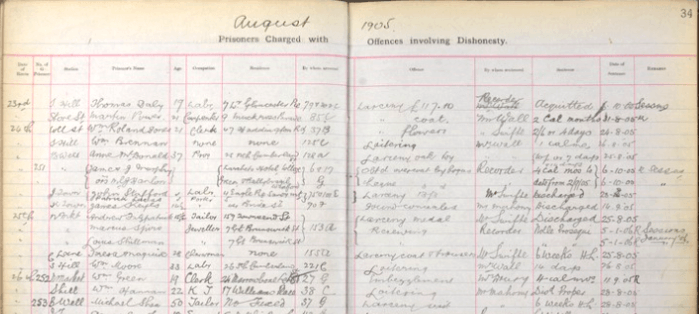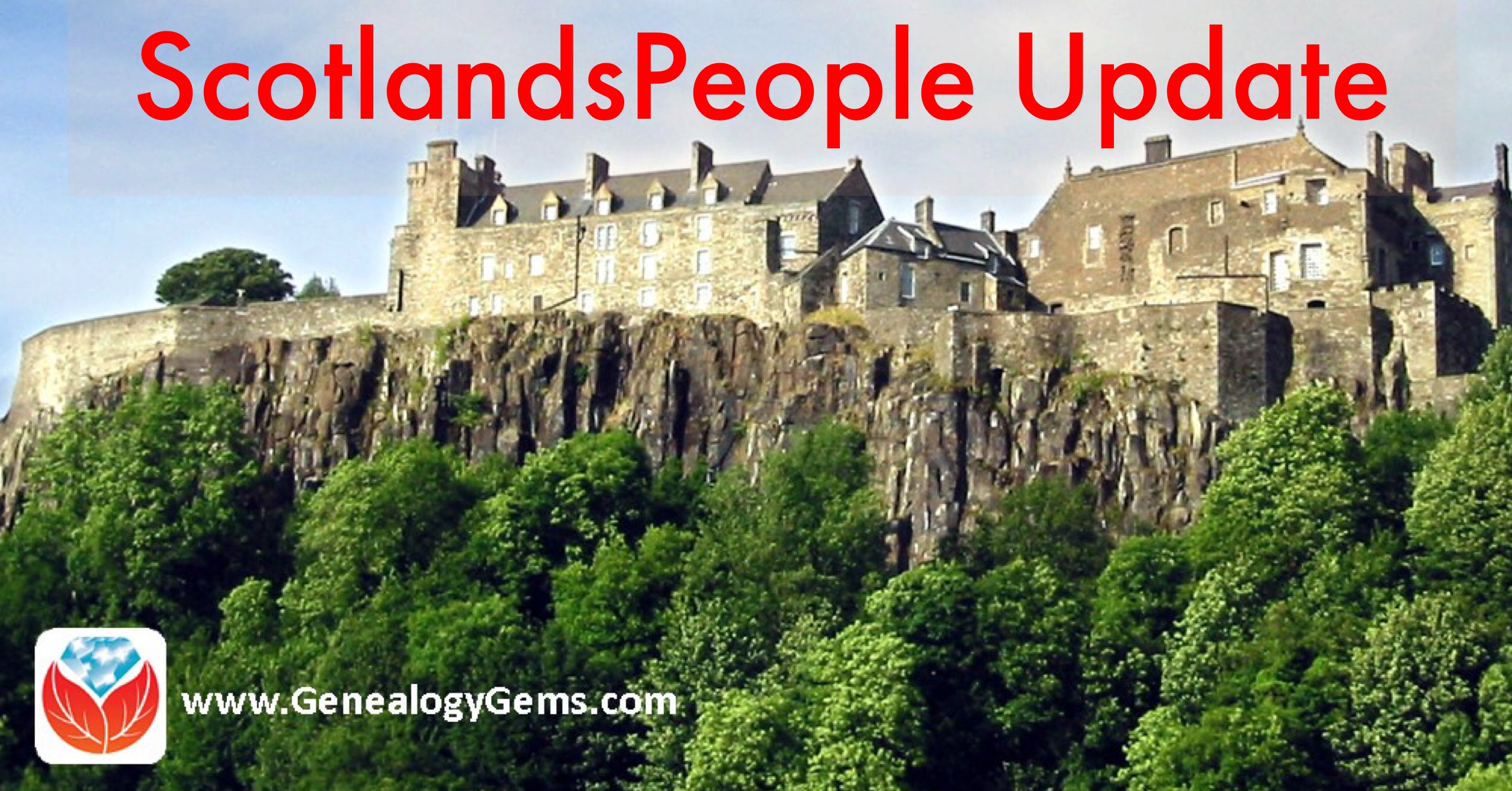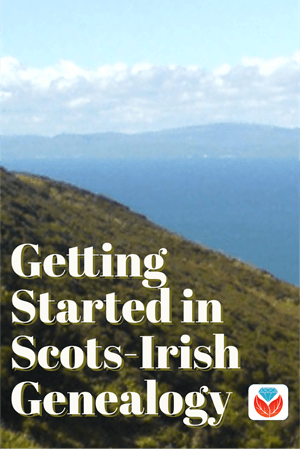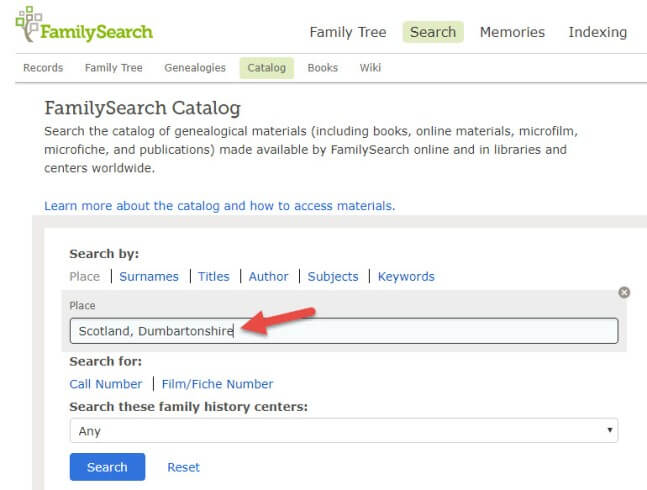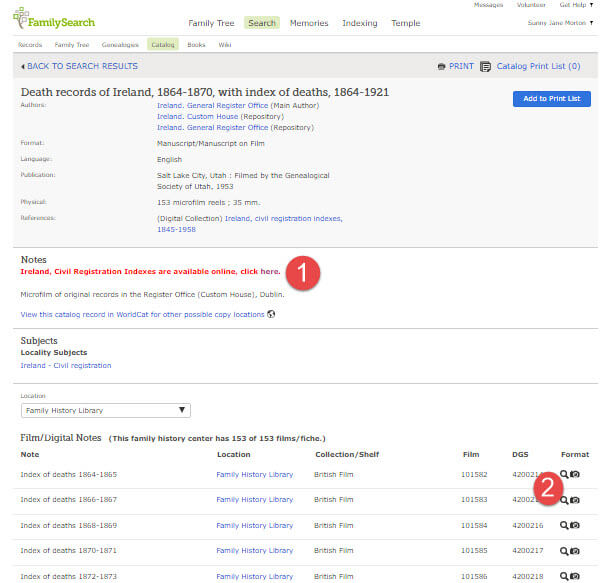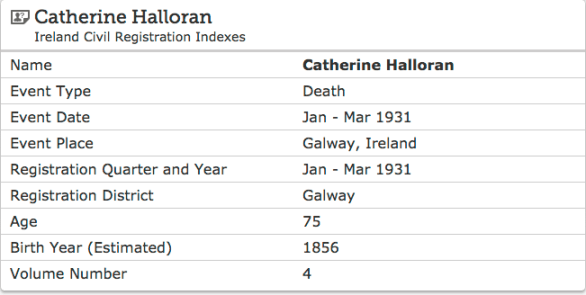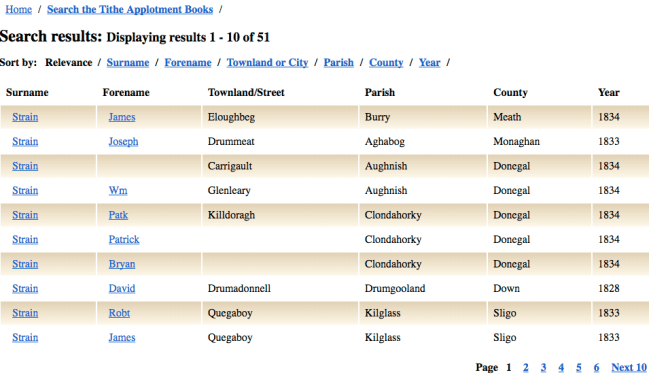New! Scotland Genealogy Records Online
Five new Scotland genealogy record collections are online at Findmypast. Also: Irish police registers; records from Wiltshire and Westmorland, England; and digitized British and Irish newspapers. Enjoy exploring your British Isles ancestry!
Featured collection: Scotland genealogy records
Check out these five collections for your Scottish ancestors dating back to the 1760s. They’re on subscription website giant Findmypast.com, along with the other records featured in this article. (Read more about Findmypast and what makes it one of our Genealogy Giants.)
Scotland, Edinburgh Temperance Pledges 1886-1908. “Did your Scottish ancestor sign a temperance pledge between 1886 and 1908? These temperance pledges were introduced by the United Presbyterian Church and originally called the Band of Hope Register. The index records names, birth years, addresses and includes the names and ages of numerous children who signed the pledge.”
I haven’t received any emails or notifications about my membership. What’s going on?
In your iTunes LIBRARY, on the line where the Genealogy Gems Podcast is listed click the GET ALL button. This will download all the past episodes to iTunes on your computer, to be listened to at your convenience.
Downloading will take several minutes. You will see a little spinning orange circle to the left of the podcast name as it downloads. Once the episode is downloaded the text will turn from gray to black. Double click the episode and it will start to play after a moment or two.
Scotland, Berwickshire, Ladykirk Heads of Household 1811. “Discover your Scottish ancestors from Ladykirk in Berkshire. This early census recorded the names of the heads of the household in Ladykirk in 1811 as well as information pertaining to their family and other members of their household. The index has been transcribed by the Scottish Genealogy Society. The original list came from the Kirk Session Records for Ladykirk.”
Scotland, Edinburgh St Cuthbert’s Census 1790. “Explore your Scottish ancestry with the 1790 census of the parish of St Cuthbert’s in Edinburgh. The index has been transcribed by the Scottish Genealogy Society. The original list came from the Kirk Session Records for Ladykirk. This early Scottish census listed the names of each of the head of the household and within each family unit the number of parents, children, lodgers, and servants. Then each category was separated into male and female.”
Scotland, Perthshire, Inhabitants of the Burgh of Perth 1766. “Discover your Scottish ancestry with this list of inhabitants of the Burgh of Perth in 1766. The inhabitants list was taken by the magistrates on 19 March 1766 and the following days. This early census recorded the names of the heads of the household and then noted certain facts about the others in the house; such as age, occupation or religion.”
Scotland, Shetland, Tingwall List of Inhabitants 1785. “Discover your Scottish ancestors lives in the Shetland Islands! Search this list of inhabitants of the parish of Tingwall. This early census will reveal a combination of your ancestor’s age, residence and the number of other people residing in their household.”
New Irish genealogy records online
Ireland, Dublin Metropolitan Police Prisoners Books 1905-1908 and 1911-1918. “The Dublin Metropolitan Police prisoners books cover the year ranges of 1905 to 1908 and 1911 to 1918. These valuable records provide great insight into social and political life in Dublin during periods of great upheaval, including the start of the First World War and the Easter Rising. The records will provide useful information for those interested in genealogy, criminology, and family history.”
“Each record includes both a transcript and an image of the original document. The entries are handwritten and include the details of daily charge sheets. Each volume contains an index of prisoners with references to the pages containing details of the charge. The volumes contain a wide range of alleged crimes—from murder to breaking glass. Additionally, the age range represented by the accused perpetrators is equally vast—from eight to eighty. Of note, a new series of offenses were introduced following the passage of the Defense of the Realm Act on 8 August 1914. These new offenses were often used against political activists.”
Tip: To view original images, click on the link in your search result under “Record Source.” As shown in the example below for an entry for Michael Shea, first copy the text within the double quotations (it begins with https) and paste it into a new window in your web browser. This will take you to a digitized volume. Open the page viewer and go to the page and line number mentioned in the search result (shown below).
Ireland, Dublin Metropolitan Police general register 1837-1925. “Discover your ancestor in the Dublin Metropolitan Police’s general registers. The records pertain to recruitment and transfers within the police force from 1837 to 1925. While the register was used up until 1975, due to data protection reasons, only the entries up to 1925 have been digitized and made available.”
“The general register recorded both biographical and professional details of the men in the force, including: warrant number, name, age, height, trade or occupation, county, parish, post town, previous public service, by whom recommended, divisions attached to, service details (dates, rank, promotions), good service pay, date and cause of removal from the force, reappointment details, and general observations. From 1858 onwards, religion was added as well.”
England genealogy records now online
Wiltshire registers & records. This collection is currently comprised of the Quarter Sessions Great Rolls for the County of Wiltshire. “The majority of this volume comprises extracts from the quarter sessions. Appendixes include a Wiltshire will, Wiltshire wages in the seventeenth century, transcription of petition of John Dicke, and autograph letters.”
Westmorland registers & records. Three local publications comprise this collection:
- Grasmere: the Church, the Churchyard, Rushbearing, Dove Cottage — By George Middleton, published in 1920, this volume gives a history of the Grasmere Church.
- Parish Registers of Ravenstonedale, Vols I & II, 1571-1780 — Transcribed and edited by the vicar of Ravenstonedale, R W Metcalfe. Included in this volume are christenings, weddings, and burials.
- Some Westmoreland Wills, 1686-1738 — the list of wills included in this volume can be found on image number 9. The introduction explains that ‘the unique collection of old wills, summarised in this volume, is in the possession of the Society of Friends at Kendal [and] give a clear picture of rural life in the North of England in the late 17th and early 18th century’.
British & Irish newspaper updates
Updates have been made to several digitized newspaper collections on Findmypast.com. See if your family appears in any of these, from Dublin to Liverpool and back to County Sligo, Ireland:
Must-use Scottish genealogy records website
If you’ve got Scottish roots, read this article about ScotlandsPeople! This official government website for historical and genealogical records is a must-use for anyone tracing their roots back to Scotland.

About the Author: Sunny Morton
Sunny is a Contributing Editor at Lisa Louise Cooke’s Genealogy Gems; her voice is often heard on the Genealogy Gems Podcast and Premium Podcasts. She’s known for her expertise on the world’s biggest family history websites (she’s the author of Genealogy Giants: Comparing the 4 Major Websites); writing personal and family histories (she also wrote Story of My Life: A Workbook for Preserving Your Legacy); and sharing her favorite reads for the Genealogy Gems Book Club.
Disclosure: This article contains affiliate links and Genealogy Gems will be compensated if you make a purchase after clicking on these links (at no additional cost to you). Thank you for supporting Genealogy Gems!

